Unlike most products you're likely to purchase in a fast-paced consumer-oriented society like ours, one solar panel looks pretty much like the rest.
I mean, if you've seen one thin dark-colored slab about the size of a desk lurking under a sheet of protective glass, then you've more or less seen 'em all, right?
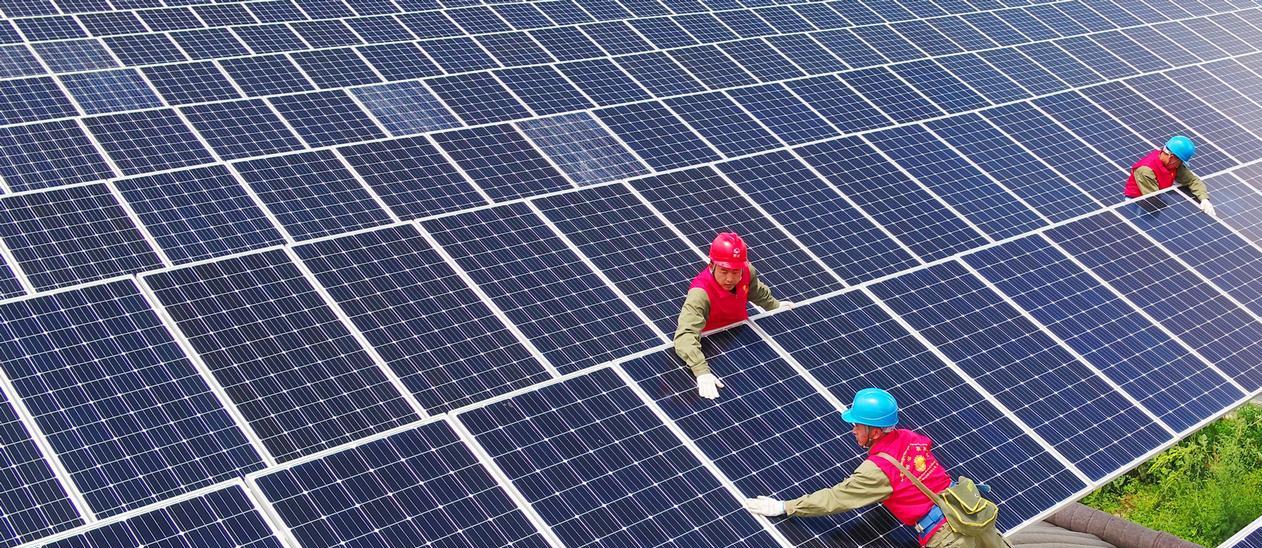
Well, yes and no.
Though they might not look all that different, there are actually three major types of solar panels on the market today: Monocrystalline, Polycrystalline, and Thin Film.
And while it's true that they're pretty similar in terms of size and shape, each does, nonetheless, have its own distinctive appearance.
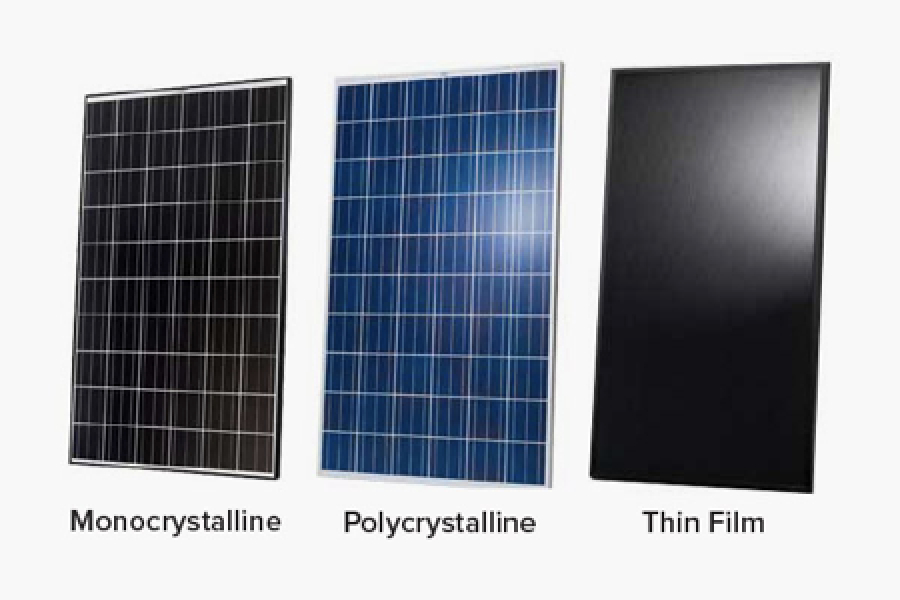
They also differ somewhat in terms of both efficiency and cost.
To see why, let's take a look under their respective hoods.
Two types of crystalline panels
Unlike their thin film cousins, both monocrystalline and polycrystalline solar panels are composed of smaller, clearly visible, square wafers called solar cells arranged in rows.
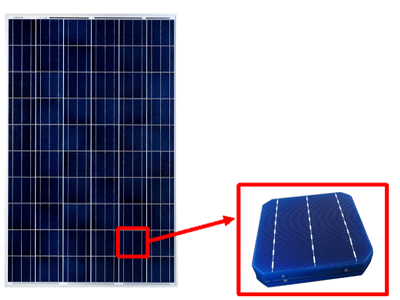
The main ingredient in both kinds of solar cells is the semiconductor material silicon. But, as their names suggest, mono and polycrystalline solar cells are made of different types of this abundant mineral.
Monocrystalline panels
Panels of this type are sometimes also called "single-crystal" and can be distinguished by their black color.
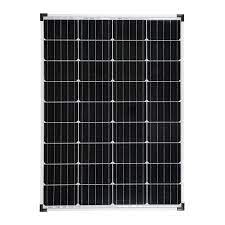
That's because the solar cells composing them are each made from a single silicon crystal called a "monocrystalline ingot."
But producing monocrystalline solar cells is complex, and the process inevitably produces a lot of silicon waste.
This makes monocrystalline panels more expensive. But the fact that each of their cells is composed of a single silicon crystal also makes them more efficient than polycrystalline cells.
In sum, monocrystalline solar panels are:
Composed of black-colored solar cells that are each made from a single silicon crystal
Harder to produce and, thus, more expensive
But also more efficient. Monocrystalline solar panels are generally rated at somewhere around 20% efficiency
Have an expected lifetime of around 25-to-30 years
Polycrystalline panels
Instead of being made up of a single silicon crystal, polycrystalline solar cells are produced by melting down raw silicon fragments that come from many different crystals.
This process makes polycrystalline solar panels dark blue instead of black.
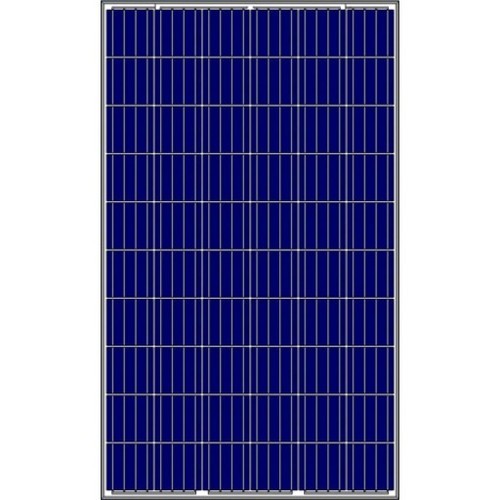
Not having to carve each solar cell out of a single crystal also significantly lowers production costs. But with the trade-off of decreased efficiency.
In sum, polycrystalline panels are:
Composed of blue-colored solar cells made from melted-down silicons crystal fragments.
Easier to produce and, thus, less expensive than monocrystalline panels
But also less efficient. Polycrystalline solar panels are generally rated at somewhere around 16% efficiency
Have an expected lifetime of around 25-to-30 years
Thin film panels
Also referred to as "amorphous solar panels," thin film panels are both lighter and thinner than crystalline models.
Instead of being composed of smaller pure silicon squares, each thin film solar panel is made from a single sheet of semiconductor material: either cadmium telluride (CdTe), amorphous silicon (a-Si), or copper indium gallium selenide (CIGS).
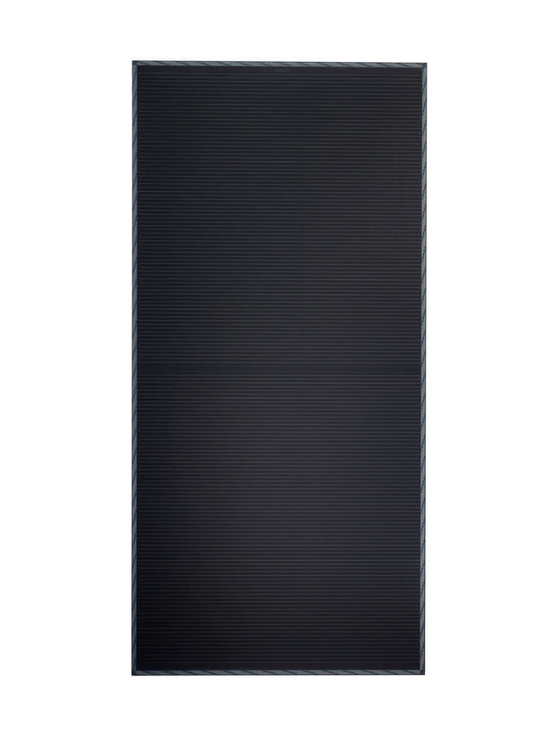
Thin film panels can be either blue or black.
Of the three major types, they're the cheapest solar panel to produce, but they also have both the lowest efficiency rating and expected lifetime.
The basic facts for thin film solar panels are:
Composed of a single slab of blue or black semiconductor material
Thin, lightweight, and flexible.
Easiest to produce and, hence, the cheapest type of solar panel.
But only around 10% efficient
And with an expected lifetime of only around 15 to 20 years
Pros & cons
In sum, here are the pros and cons of each type of solar panel listed in one handy chart.
